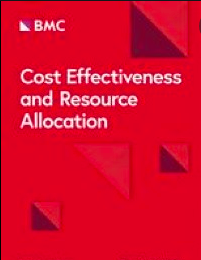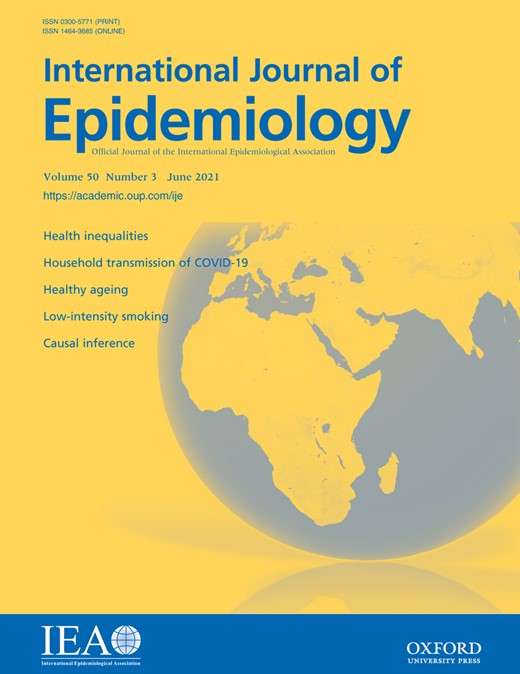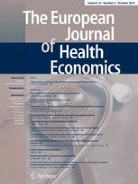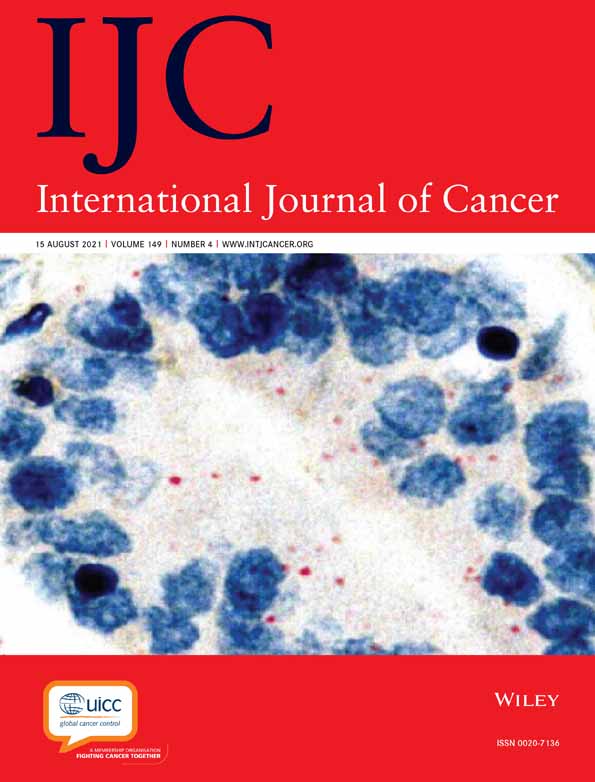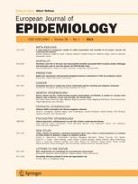Development of a core evaluation framework of value-added medicines: report 2 on pharmaceutical policy perspectives
Background A core evaluation framework that captures the health care and societal benefits of value added medicines (VAMs, also often called repurposed medicines) was proposed in Report 1, aiming to reduce the heterogeneity in value assessment processes across countries and to create incentives for manufacturers to invest into incremental innovation. However, this can be impactful…



